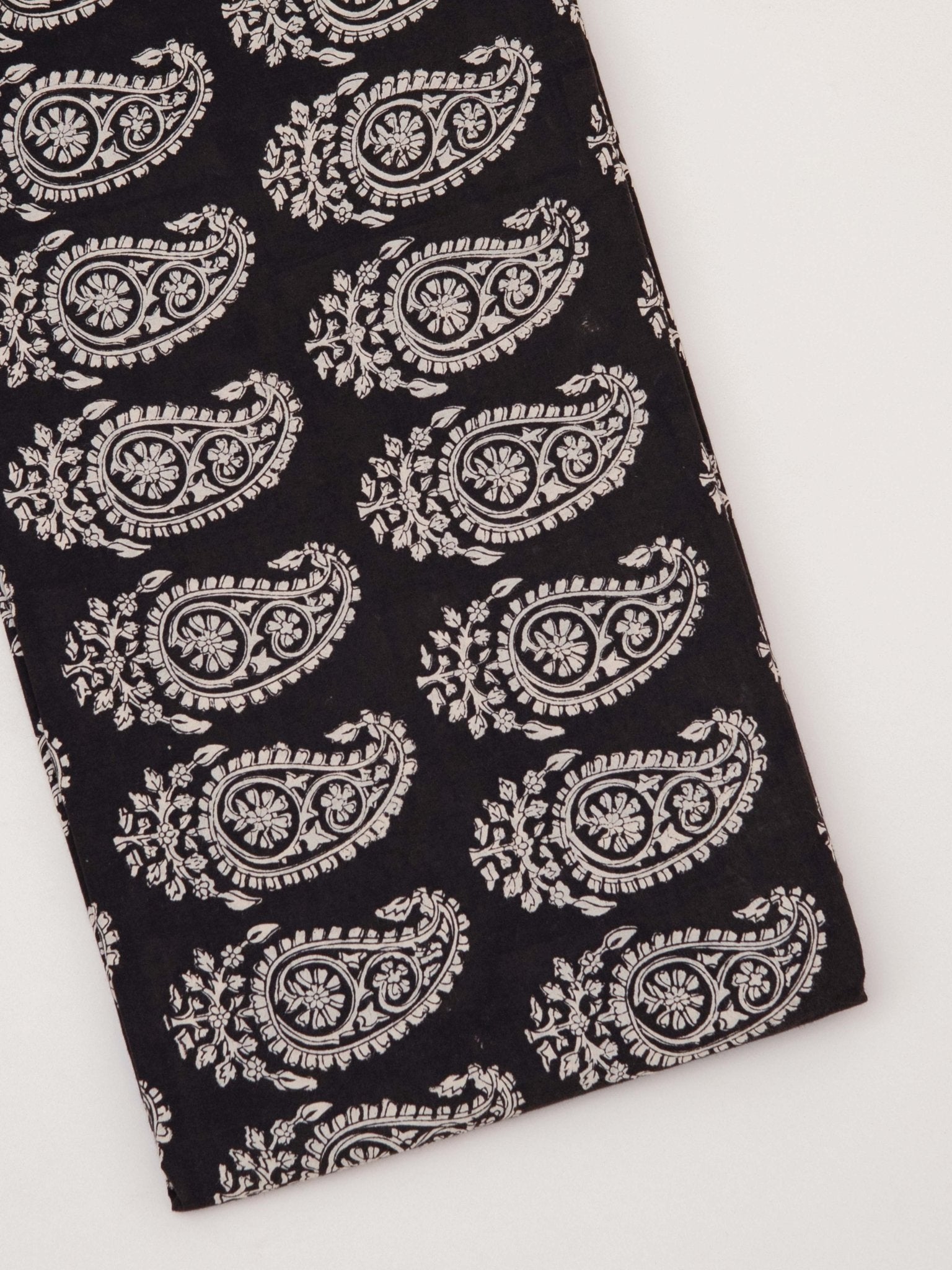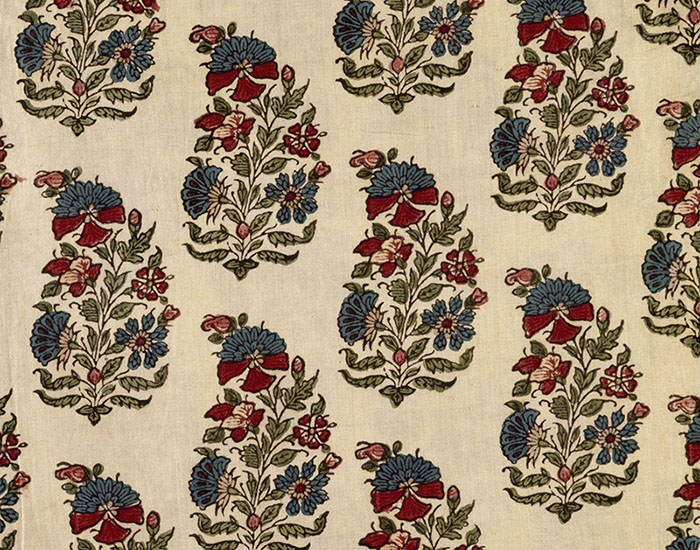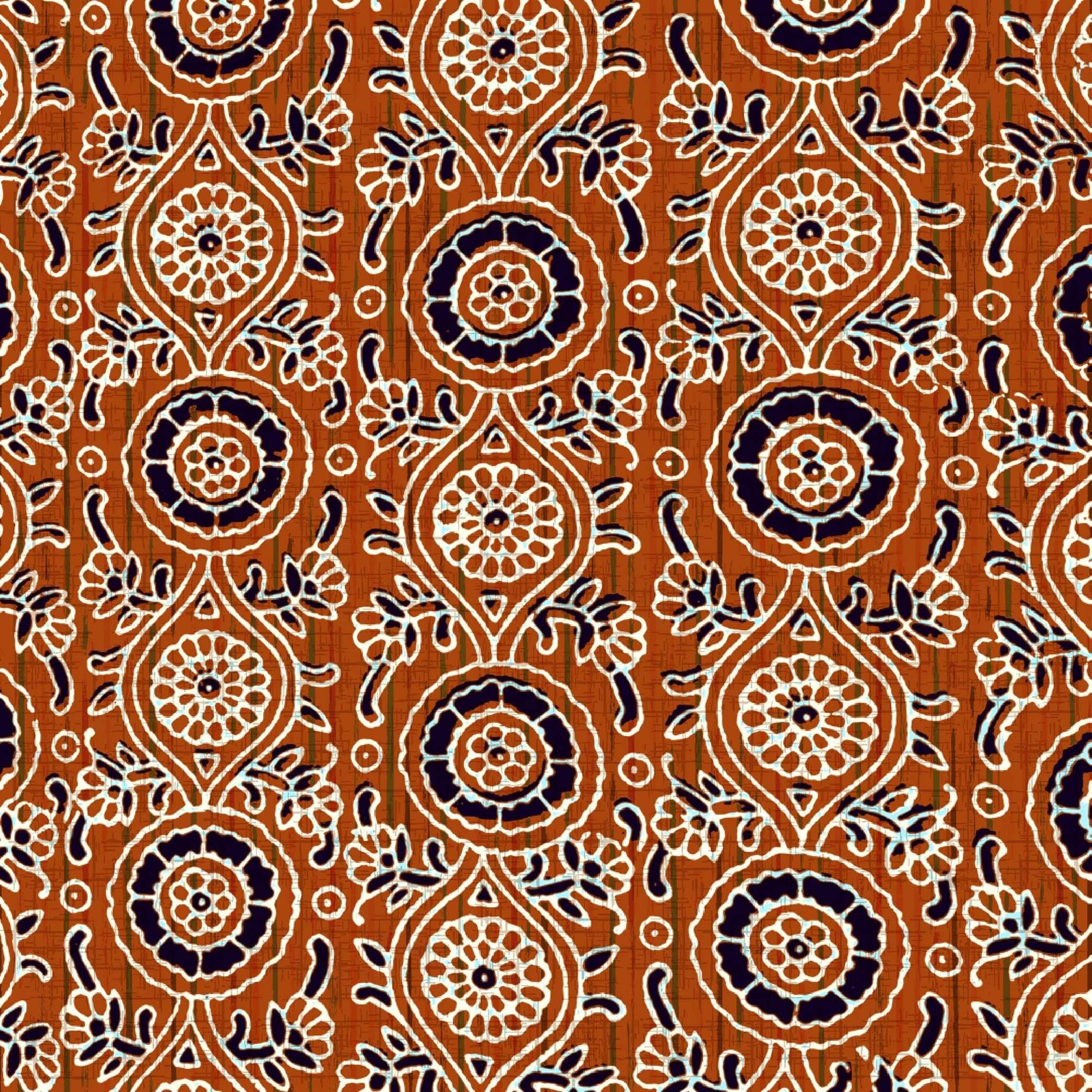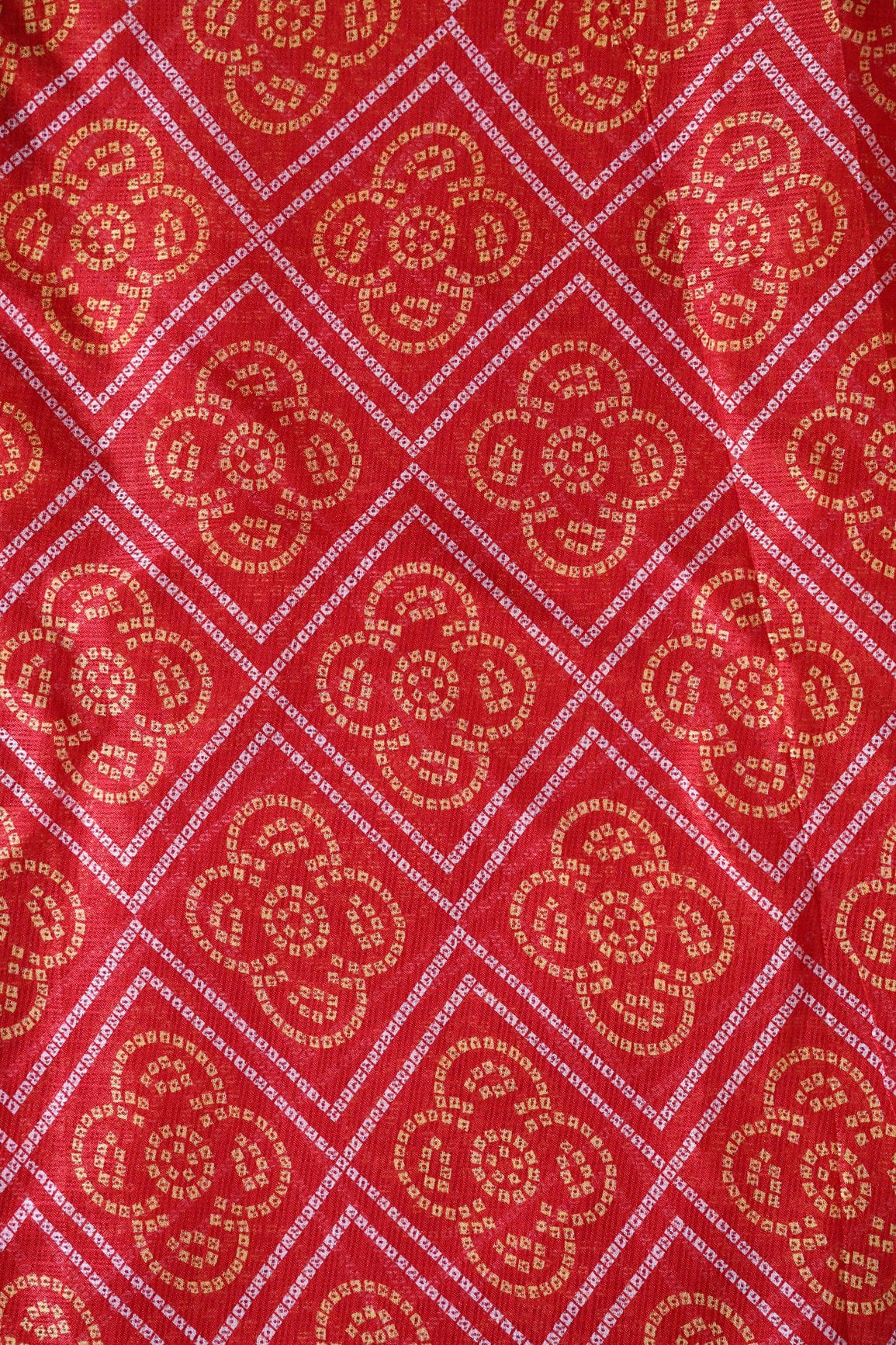
Hand block printing is a centuries-old art form that has been an integral part of India's rich textile heritage. This traditional technique involves carving intricate designs onto wooden blocks, dipping them in dye, and stamping them onto fabric to create beautiful patterns. But beyond their aesthetic appeal, these patterns often carry deep cultural significance, telling stories of regional identity, religious beliefs, and historical events. Let's explore the meaning and inspiration behind some popular hand block print motifs from different regions of India.
Rajasthan, known for its vibrant culture and royal heritage, is home to some of the most iconic block print patterns in India.

The town of Bagru, near Jaipur, is famous for its distinctive prints featuring natural motifs like flowers, leaves, and fruits. These designs often use earthy colors derived from natural dyes, reflecting the region's close connection to nature. The "Syahi-Begar" pattern, characterized by a black and red color scheme, is particularly significant. It symbolizes the harmony between darkness and light, a concept deeply rooted in Hindu philosophy.

Sanganer, another printing hub near Jaipur, is renowned for its delicate floral patterns. The intricate "jaal" (net) designs often feature motifs inspired by Mughal architecture, such as the cypress tree, which represents eternity and the connection between earth and heaven. These prints reflect the cultural fusion that occurred during the Mughal era, blending Persian aesthetics with local Indian artistry.
Gujarat's block printing tradition is deeply intertwined with its diverse cultural landscape.

Originating in the Kutch region, Ajrakh prints are known for their geometric patterns and indigo blue color. The word "Ajrakh" is believed to come from the Arabic "azrak," meaning blue. These intricate designs often incorporate stars, flowers, and symmetrical shapes, symbolizing the harmony of the universe. Each Ajrakh pattern tells a story of the region's history, from the influence of Islamic art to the rhythms of nomadic life.

While primarily associated with tie-dye techniques, Bandhani patterns are also recreated using block printing. The distinctive dot patterns represent drops of water, a precious resource in the arid landscape of Gujarat. These prints are often worn during weddings and other auspicious occasions, symbolizing fertility, prosperity, and new beginnings.
The block printing traditions of Madhya Pradesh reflect the state's rich tribal heritage and natural beauty.

Named after the Bagh river in Dhar district, Bagh prints are characterized by bold geometric and floral patterns in vibrant red and black. These designs often draw inspiration from the region's ancient rock paintings and architectural motifs found in nearby monuments. The intricate patterns symbolize the interconnectedness of all living things, a belief central to the tribal communities of the area.
West Bengal's block printing tradition has evolved over centuries, blending traditional motifs with contemporary designs.

Originating in the area around the famous Kali temple in Kolkata, Kalighat prints initially depicted religious themes and mythological stories. Over time, they evolved to include social commentary and scenes from everyday life. The bold, simplistic style of these prints reflects the region's artistic response to rapid urbanization and social change in the 19th century.
Maharashtra's block printing tradition often reflects its martial history and reverence for nature.

Paithan, an ancient town in Maharashtra, is known for its unique block prints that often depict scenes from the Mahabharata and other Hindu epics. These narrative prints, known as "Paithani," serve as visual storytelling devices, preserving and transmitting cultural knowledge through generations. The intricate border patterns often feature peacock motifs, symbolizing beauty, grace, and the cycle of seasons.
As we've explored, hand block printed patterns are far more than just decorative elements. They are a visual language that speaks of India's diverse cultural tapestry, telling stories of faith, history, and daily life. Each region's unique motifs reflect its geography, climate, and cultural influences, creating a rich mosaic of designs across the country.
In today's fast-paced world, these traditional block printing techniques serve as a link to our past, preserving ancient wisdom and artistic expression. As we appreciate the beauty of these patterns, we also honor the skilled artisans who continue to practice this craft, ensuring that these cultural stories live on through their art.
The next time you come across a piece of hand block printed fabric, take a moment to look closely at its patterns. You might just discover a fascinating story woven into its intricate designs, a testament to the enduring power of India's artistic heritage.
Storage Tips to Keep Hand Block Printed Textiles Fresh for Years
January 16th, 20265 Reasons Hand Block Printed Quilts Belong in Every Winter Bedroom
January 10th, 2026New Year, New Vibe: Refresh Your Home with the Magic of Hand Block Prints
December 26th, 2025Why Sustainable Home Décor Buyers in the UK Are Choosing Indian Textiles
December 24th, 2025